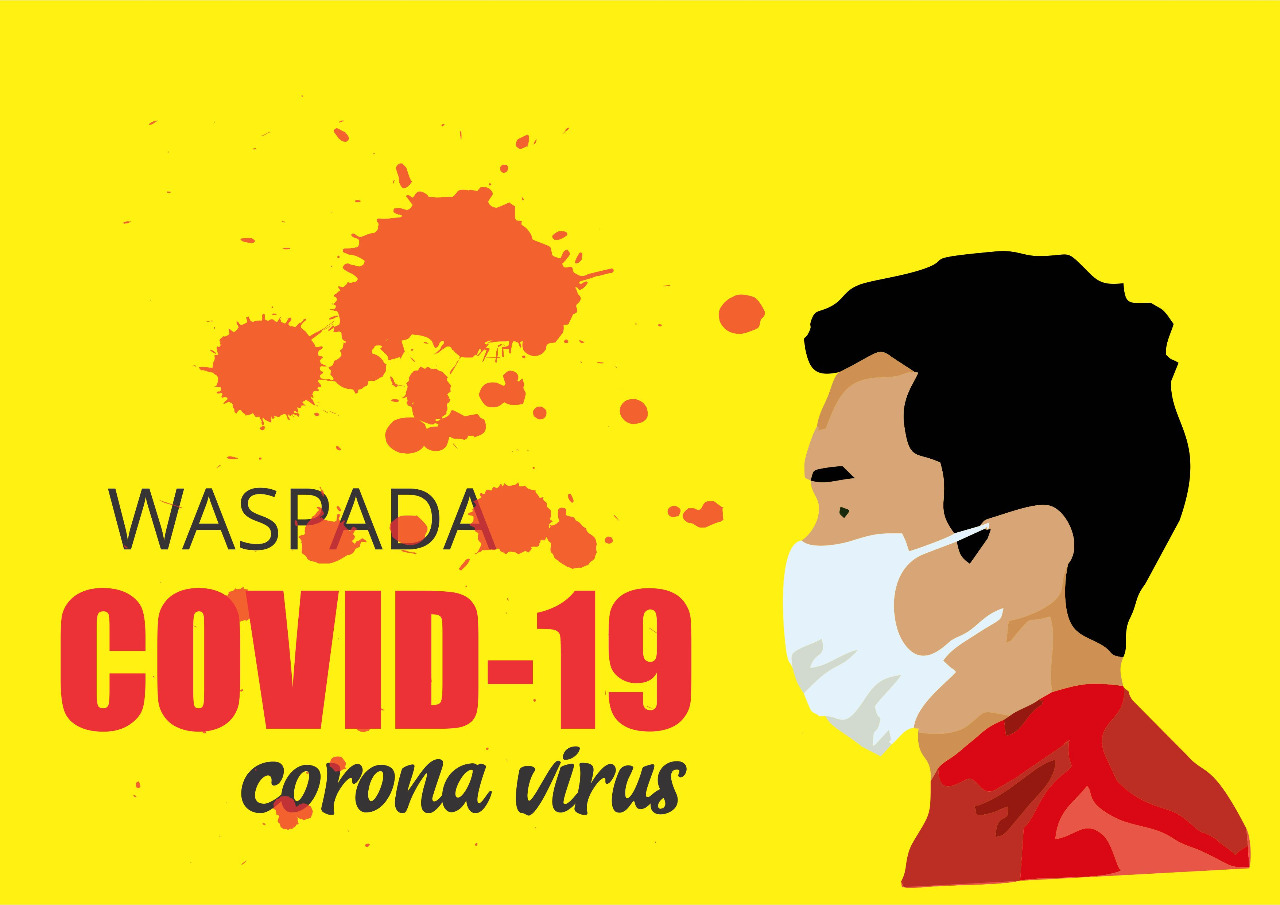Gambling as it relates to poker basically comes down to luck. There is no strategy involved in winning at poker. Gambling all just comes down to having some luck. That is all. So what is the best way to gamble to have more luck with your online gambling experience?
One way is to addictions. What exactly are addictions? An addiction is when you cannot stop using a certain activity. It can be drugs, gambling, food, or anything else that you think will give you pleasure. Gambling is simply the same, if not more, with the added incentive of having a higher chance of winning.
Gambling as it relates to poker involves having an edge by placing a higher wager ahead of time. Basically this means that you are betting your money that you are going to win that specified time. This means that your chance of winning depends greatly on how much you want to win.
A second way to gamble legally is by doing lotteries in the United States. A lotteries are legal in the United States, but like gambling itself, it does come with a lot of risks attached. You must be a resident of the state in which the lotteries are held. While many states have lotteries, they differ on how much money you can place in a specific contest. Some lotteries are for less money than others.
A third way to solve a problem gambling addiction is to seek professional help from a therapist or a psychologist. While there is a lot of debate over whether or not gambling is an addiction or merely a foolish behavior, there is no doubt that it can create emotional problems for the person who engages in it. If the problem is psychological, then therapy may be able to help. If it is physical, then a medication regimen may be prescribed.
Many people decide that they are going to beat their gambling addiction through the use of a combination of self-help and professional treatment. These options can work, but they are not the only ways to go. In the next article we will look at how gaming laws vary from state to state and whether there is a way to beat a gambling addiction with little to no effort. We will also discuss what motivates a person to engage in gambling behavior in the first place and how gambling addiction affects those who suffer from it. After reading this article you should have a better understanding of gambling addiction. Now go out and enjoy your next few games!


